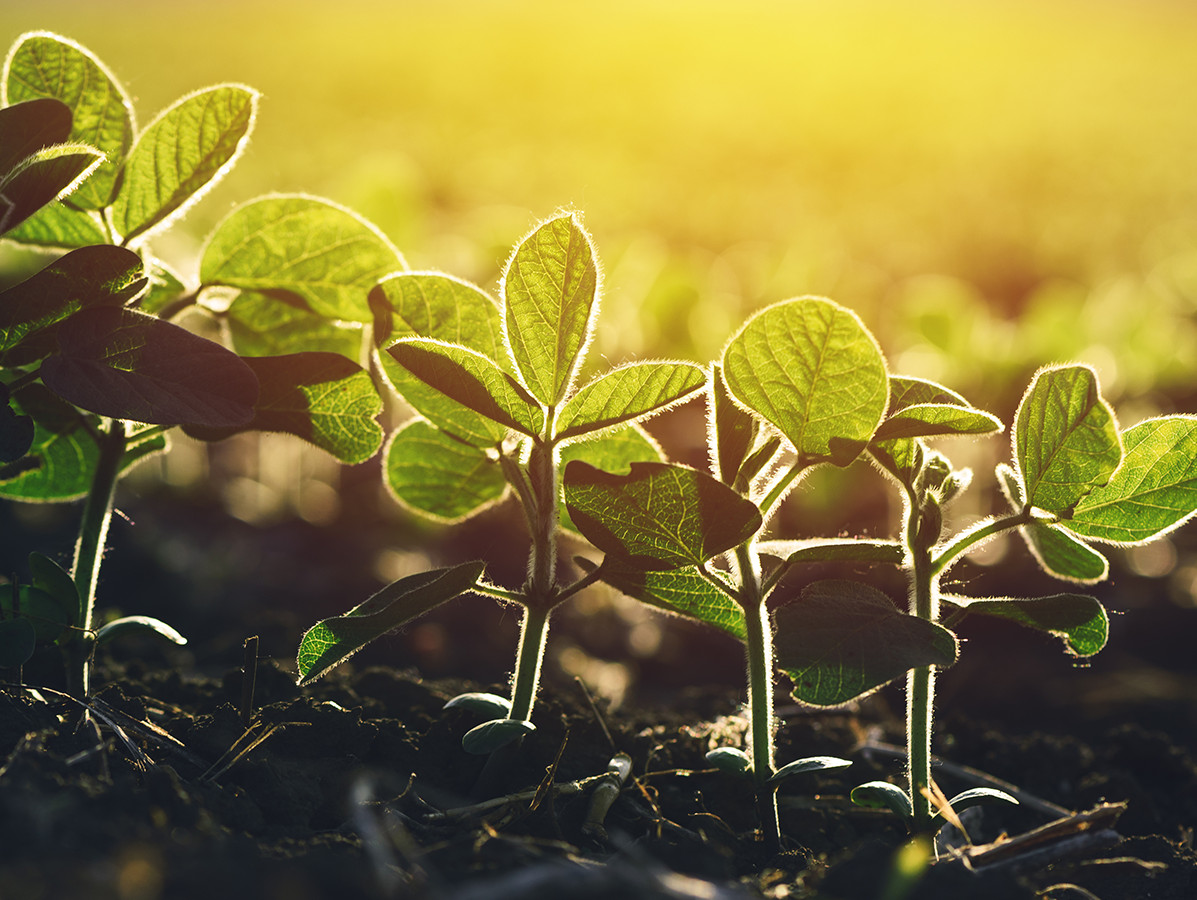
Innovations in agriculture and horticulture follow each other in rapid succession in order to produce food ever more efficiently, sustainably and safely. That is why farmers and horticulturists need better information flows. However, the information on crop protection agents in the food chain is still very fragmented and incomplete. This is evident from a new study by Wageningen University & Research in collaboration with Fresh Upstream, the organisation that strives for a uniform, digital chain language in the international fresh produce chain.
It is important for all links in the food chain to have the correct product information of crop protection products at their disposal. Think of authorisation information, use and safety regulations. Ideally, the farmer or horticulturalist should be able to scan the label of the product and share the information with chain partners via his own system. Practice, however, is proving to be unruly.
The WUR study shows what information flows (e.g. between chain partners and supervisors), standards (e.g. an article number or an authorisation number) and types (from fax and letter to website and barcode) circulate around crop protection products. This is still very fragmented. For example, article numbers of crop protection products are not yet automatically linked to authorisation numbers and each country uses its own coding system.
Jan Vogels, researcher at the WUR: "A potato grower has to register all kinds of things relating to the use of a crop protection product, such as the pest against which he uses it, the stage of cultivation, the type of soil, the climate zone and the best-before date of the product. It is crucial that he gets the right information from his supplier. But if, for example, kilos are used in system A while percentages are registered in system B, an error is quickly made". The researchers conclude that the sector can work better with unambiguous information standards.
Only then can farmers and horticulturists set up their automated systems better and meet the increasingly strict requirements of retailers regarding product information. "Smart farming and precision farming are increasingly becoming the norm in agriculture and horticulture. If you, as a farmer or horticulturalist, still have to retype the label information of your crop protection products manually, you can use those technologies less effectively," says Vogels.
The research is part of the project 'Trusted source; reliable, digital information on food products', which the WUR is carrying out on behalf of the government and the business community. After the summer Fresh Upstream will organise a round table for stakeholders to explore how the sector can implement the recommendations from the report. In the meantime, WUR and Fresh Upstream are conducting a similar study into the sharing of data on animal treatment agents.
Source: © Fresh Upstream